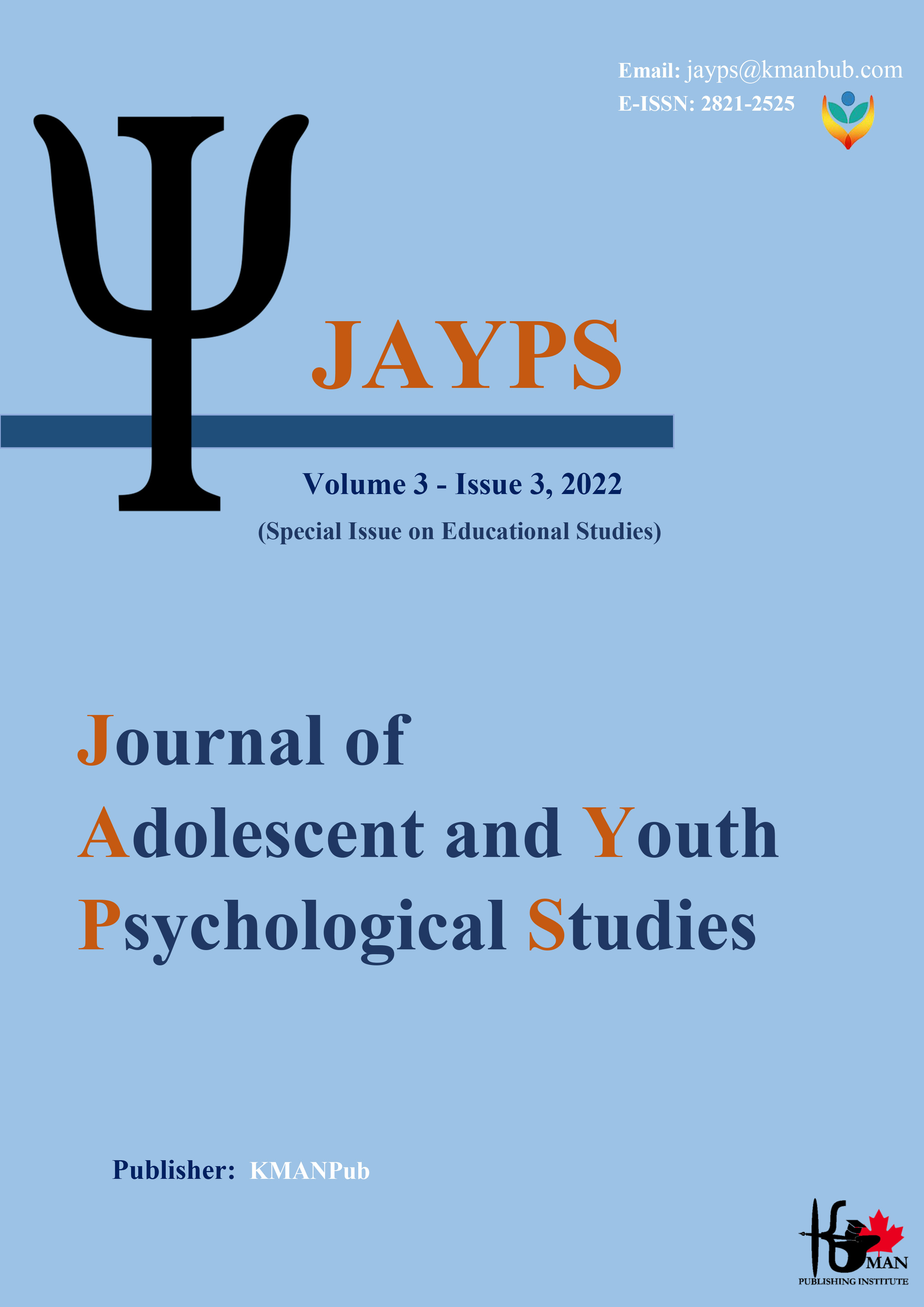Presenting the model of personal and professional responsibility of students
Keywords:
individual responsibility, professional responsibility, graduate studentsAbstract
Background and Aims: One of the important life skills is responsibility in various personal and work dimensions, which is inevitable in the education system, especially higher education, for the development and prosperity of science and the development of society. Therefore, the aim of the current research was to provide a model of individual and professional responsibility of students. Method: The present research method was combined (qualitative-quantitative) and practical in terms of purpose. In the qualitative part, the statistical population included higher education experts and experts related to the position in the faculties of Tehran University of Science and Research, who were selected using the purposeful sampling method. In this research, the researcher reached theoretical saturation after conducting 23 interviews with the desired samples. Also, in the quantitative part, the research community included graduate students of the relevant faculties of Tehran University of Science and Research who were studying in the 1996-1997 academic year, and using the random sampling method, 387 people were selected as the sample size based on the Cochran formula. . The research tool was an interview in the qualitative part and a researcher-made questionnaire in the quantitative part, the validity of which was achieved with face validity and reliability with Cronbach's alpha test of 0.88. In order to analyze the data, the coding method was used in the qualitative part and the structural equations in the Lisrel software were used in the quantitative part. Results: The findings showed that individual responsibility included four categories (national identity, self-awareness, forward-looking, self-development) and professional responsibility included five sub-categories (professional knowledge, culture of criticism and receptivity, work conscience, professional ethics, lifelong learning). Also, the results of the structural equations showed that the structural part of the model of the relationships between the research variables and the measurement model of the variables was confirmed with a good fit (P<0.05). Conclusion: Based on the results, it can be concluded that the personal and professional responsibility of students has several components that the planners of the higher education system can pay attention to in order to promote it and improve the culture of responsibility.
Downloads
Downloads
Published
Issue
Section
License

This work is licensed under a Creative Commons Attribution-NonCommercial 4.0 International License.









